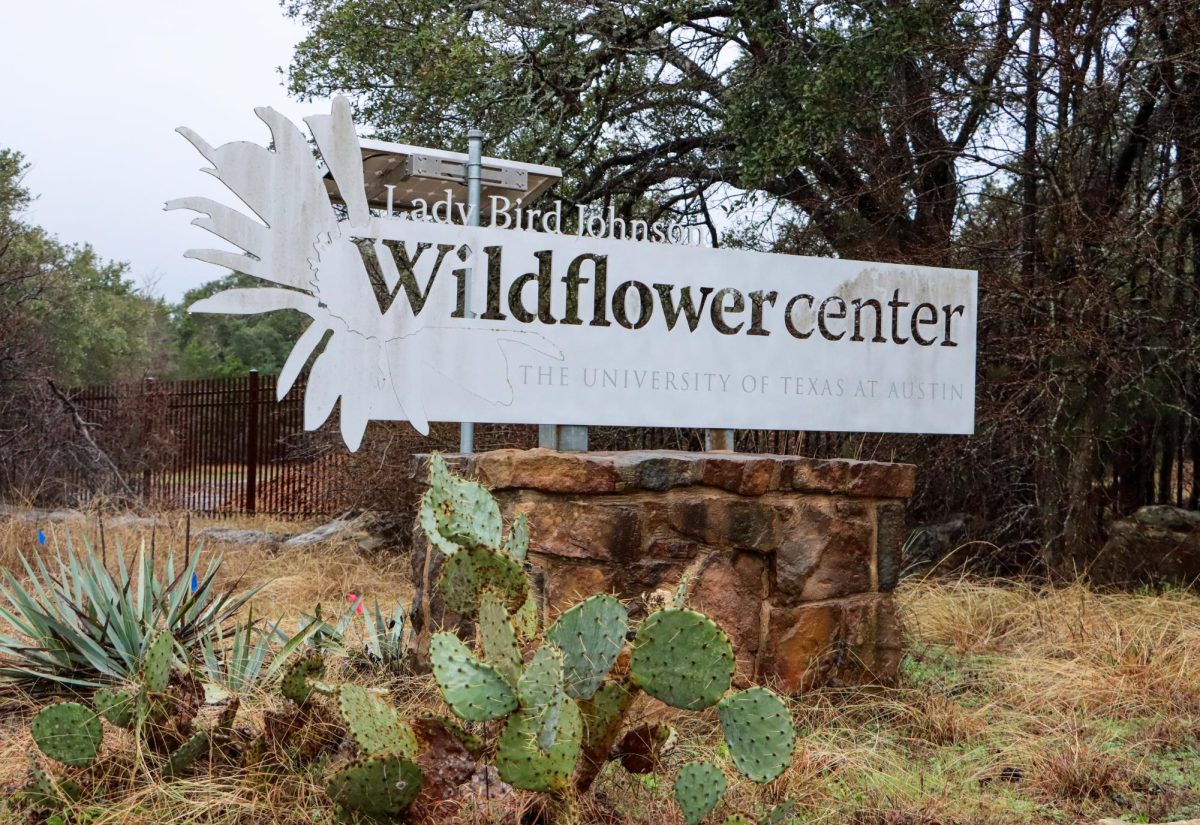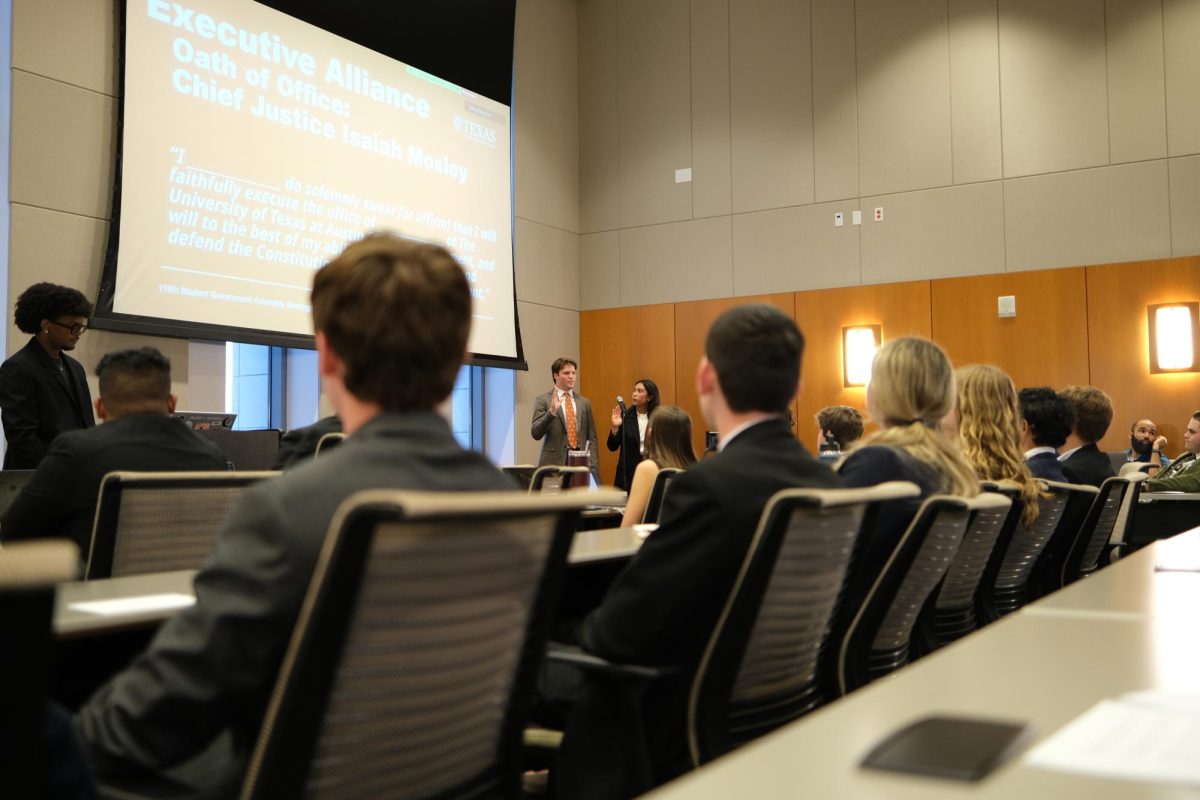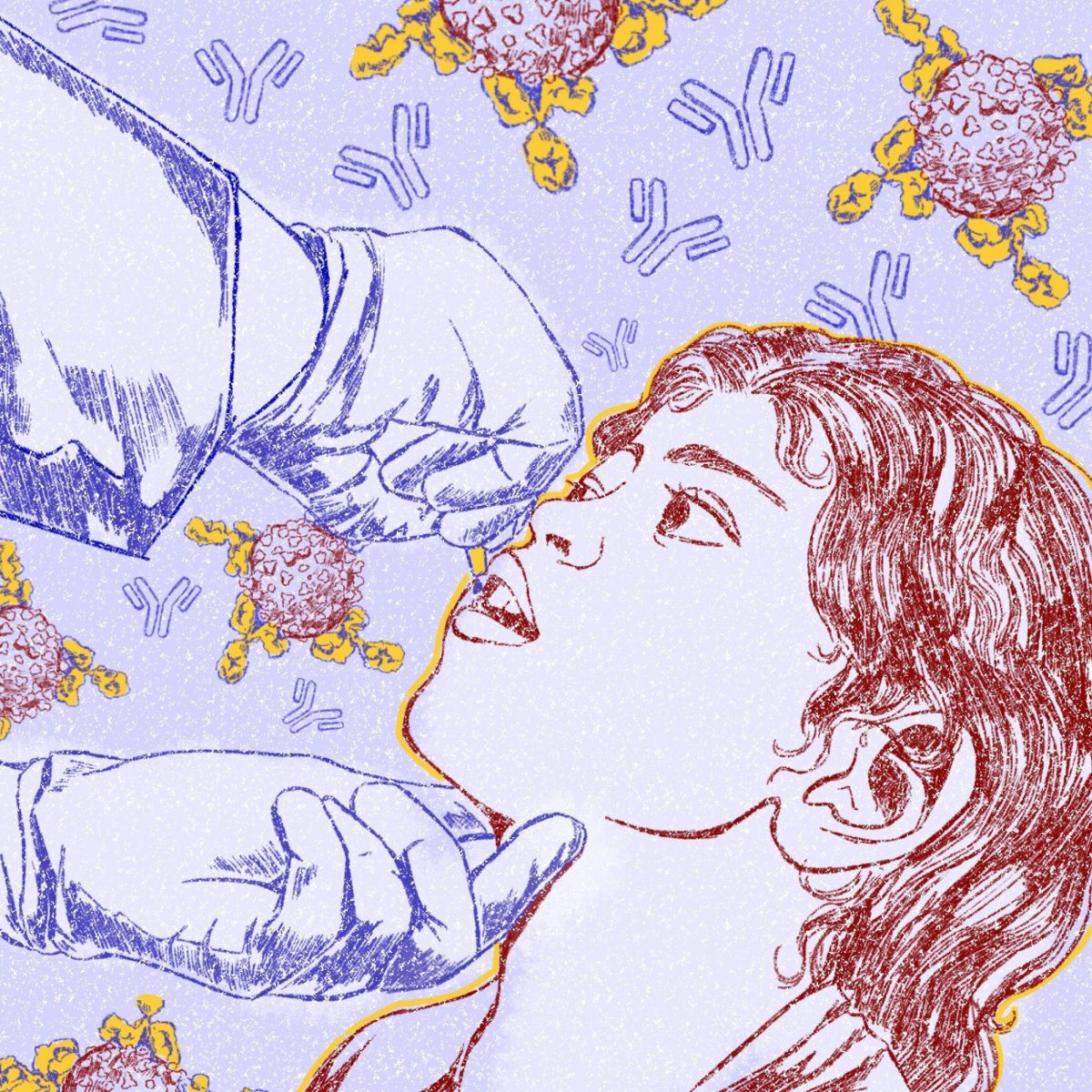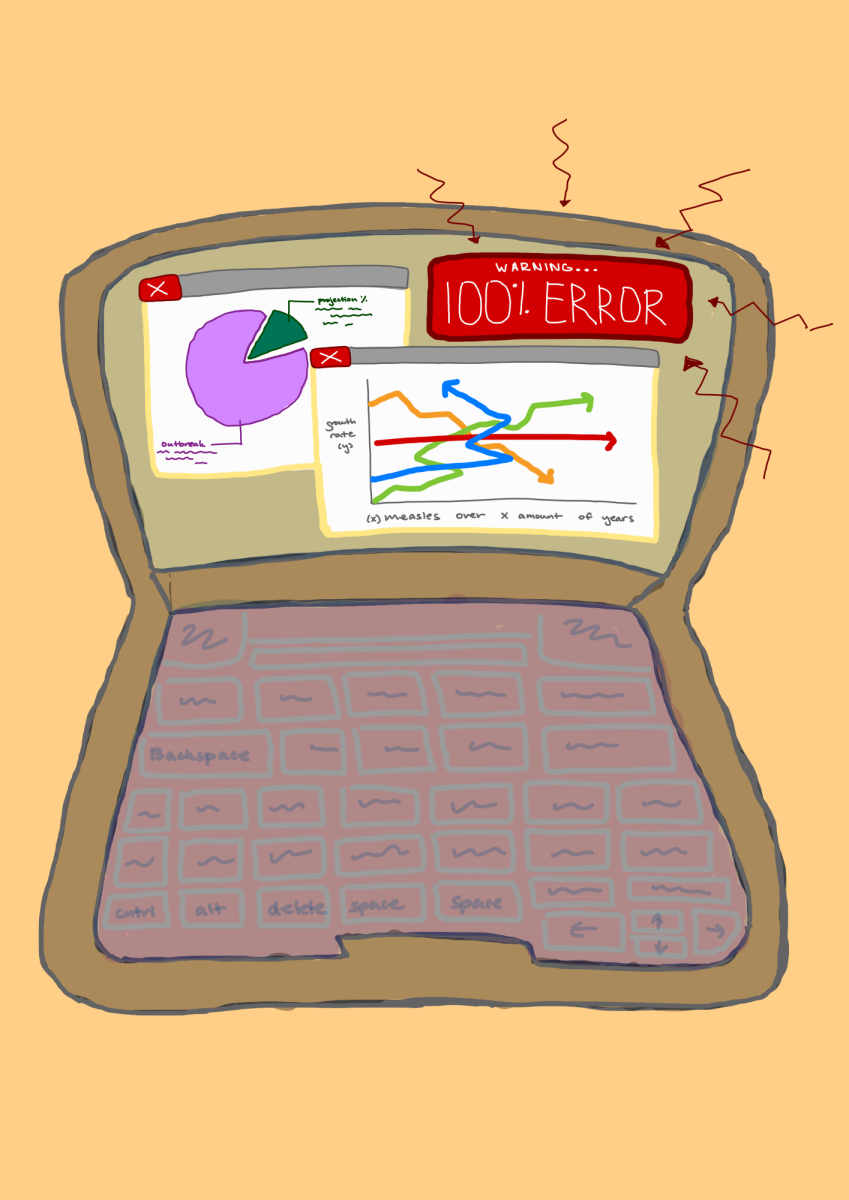Robert Plowes, UT research scientist, contributed to the foundation of drought research using field stations, providing insight into global responses to dry conditions for the last 15 years.
“I was aware of the importance of using the field stations for environmental research and the big questions of the day, which are to do with global climate change,” Plowes said.
The University’s network of six field stations conduct research on Texas’ diverse ecosystems. Plowes said the labs monitor the consequences of different levels of drought by analyzing changes in rain and atmospheric conditions.
In order to measure the effects of droughts over a long period of time, Plowes said the field stations simulate drought-like conditions using rain-out shelters, or small structures with clear polycarbonate roofing. This allows researchers to control the amount of rain a site receives. Plowes said the structures are used as standard protocol for recreating drought and are used globally by other drought researchers.
“The studies done on our local stations allow us to understand and compare (drought) changes within Texas and put them in the context of the global changes which might be occurring elsewhere,” Plowes said.
It is important to have multiple global field sites conducting research because it provides insight into the impact of droughts in different climates, Plowes said. Additionally, the data collected at UT’s field stations provide information for the International Drought Experiment, a global network of researchers conducting similar studies.
“Multiple laboratories allow you to run this experiment in anything from tropical conditions up through to temperate conditions, so you’re able to see the types of responses,” Plowes said.
Melinda Smith, coordinator for the International Drought Experiment, said the research provided by the 100 different sites helped her with a recent publication examining the impact of a single year of extreme drought and losses in plant growth.
“Based on the long-term record of each site, we found that the impacts of those droughts were 60% greater, with an increased loss of production (in plants),” said Smith, an ecology professor at Colorado State.
Smith said the collection of global studies allows researchers to think of ways to mitigate the impacts of droughts in the future.
Xinyi Yan, a graduate student and Stengl-Wyer Fellow at UT, said the drought effects may impact her research on plant-microbe interactions.
“(In a preliminary study), I found that drought (treatments) did not significantly alter the alpha diversity of my soil samples,” Yan said. “However, I did find that the droughts altered the effects of plants’ phylogenetic diversity.”
Yan said her research is greatly supported by the collaborative nature of the field labs which often bring in professionals from all over the state to provide different perspectives on biodiversity research, from droughts to microbial interactions. Plowes said allowing students to participate in the international drought study while they learn about the local plant communities was a very positive experience.
“I think there are a lot of opportunities for the field lab network to have an impact by fostering people’s interest in biodiversity research,” Yan said.













